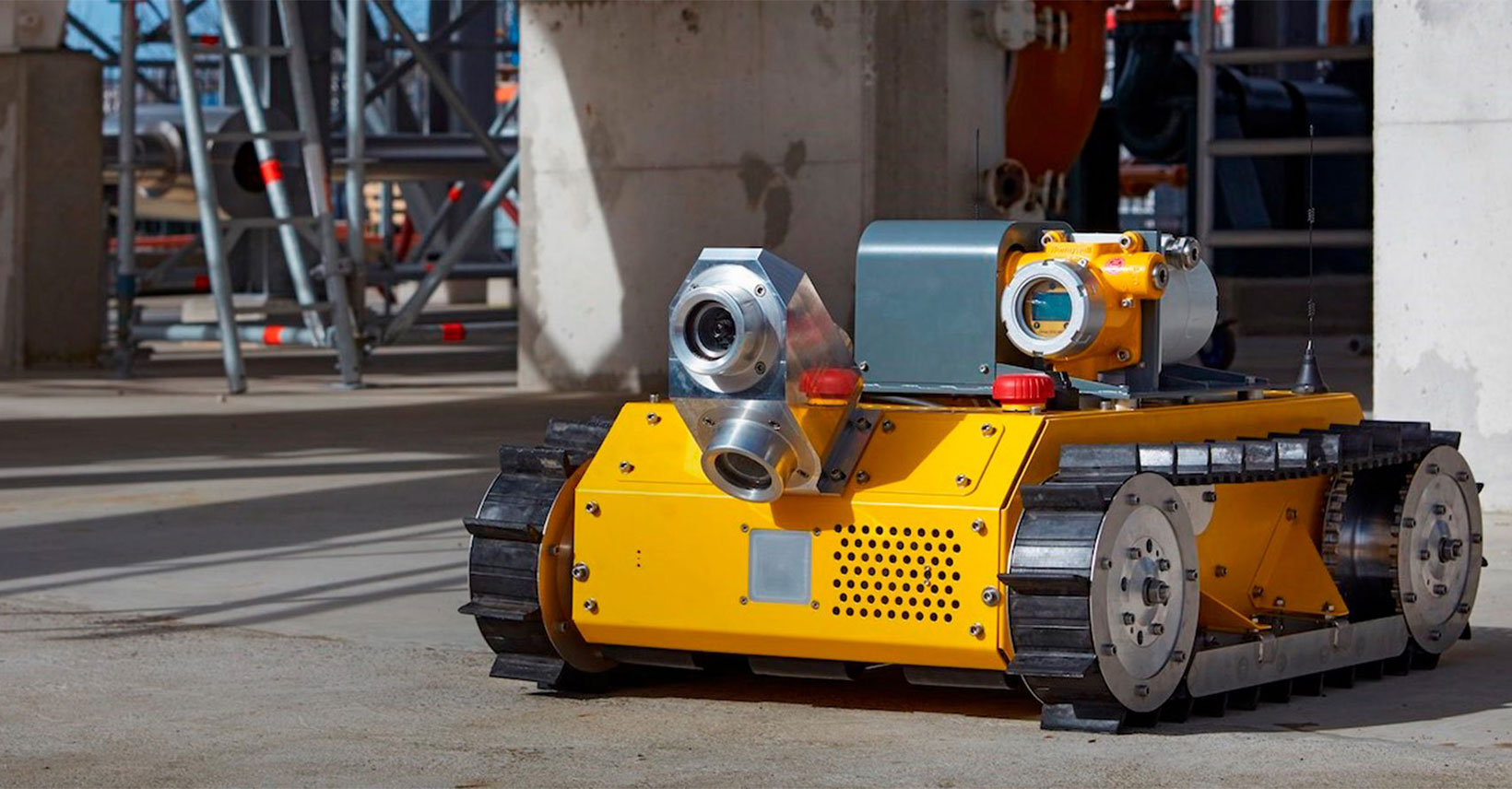Utilising Crawler Technology for Glass-Lined Vessel Inspection

Creating bespoke solutions for NDT testing using advanced technology has now reached the stage where many historical challenges can be easily overcome. Visual inspections that have, until now, required human entry into confined spaces can now be approached in a safer, more cost-effective manner with the use of cutting-edge robots.
In addition, utilising the latest tech often provides higher accuracy than is afforded by humans. One company at the forefront of this revolution is Invert Robotics, a leading specialist in the development and use of NDT robotic inspection equipment.
The following looks at how the company successfully implemented a full inspection solution for a benzyl chloride storage tank.
The Asset
The asset in question was a 40-year-old, glass-lined, benzyl chloride storage tank. This was Ø3.8 m in size and made of glass-lined carbon steel. It required a full inspection using D/C spark testing.
The Challenges
Up until now, the mandatory testing of the asset had been done using a traditional human-entry model. This required an extended shutdown period for atmospheric safety, as well as needing inspectors to enter the vessel using either pre-erected scaffolding or rope entry.
Invert Robotics was approached to use a robotic crawler solution that would remove the need for a lengthy shutdown and the human entry risk. The challenges this represented for the crawler were:
- The risk of damaging the glass lining
- Effective adhesion to manoeuvre around the complete asset
The Solution
The solution was one that the Invert Robotics hybrid-crawler was originally designed for: to effectively traverse glass-lined vessels without risk of damage while carrying out a comprehensive inspection. The crawler easily adheres to the interior surface using a combination of vacuum and magnets. The company’s H2200 robotic platform was considered the ideal tool for the job.
The inspection was carried out in two parts:
- A full visual inspection: This was effectively performed and located several defects that required spark testing.
- Spark testing: Once the defects were defined, the integrated spark tester was used to determine the integrity of each of the areas.
By integrating a Buckley’s D/C spark tester onto the robot, it was possible to remotely drive the crawler around the complete geography of the vessel, making human entry for both elements of the testing unnecessary.
The result was the complete test carried out within a 4-hour window, with both elements of the test completed successfully. This included re-certification of the asset’s suitability by the notified body representative. The next test will be due in 10 years.
This is but a single example of how technology is upgrading the way NDT is carried out. The advantages are many, including:
- A dramatically reduced testing time
- Assets are offline for a far shorter period
- Removes the health and safety risks for human inspectors
- Reduces insurance costs for NDT testing tasks
- Improves accuracy by removing the element of human error
- Increases asset uptime
- A far lower per-asset cost for mandatory safety testing
- Gives the ability to carry out NDT proactively, rather than only at mandatory intervals or when a defect becomes obvious
- Increases employee and investor confidence in company policies
Equipment provider, Nexxis, is at the forefront of NDT technology, working with their customers to provide a solutions-based procurement model that’s as flexible as a company’s needs. This innovative approach sees their clients take advantage of the latest technology to reduce costs, increase safety, and all the other benefits that go hand-in-hand with such proactive management. Read more about how we use Invert Robotix in our case study: Invert Robotics – UT Testing.
Contact us to find out more about the H2200 Robotic Crawler or any of our other custom solutions, or request a quote online.
Carry on reading Is Proactive NDT Inspection the Key to Great Asset Management? to find out more.
